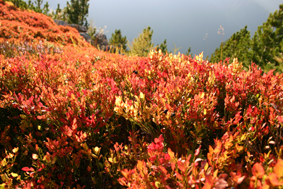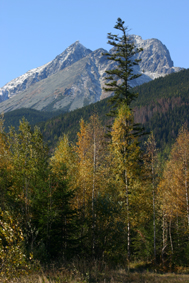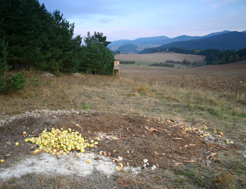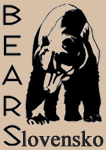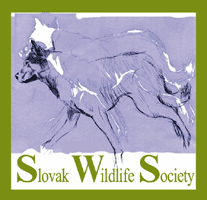

Autumn
At this time of year, bears are preparing for winter. Most bears in Slovakia enter their winter dens in early December and remain in them until late February or early March. In order to survive this period without feeding, they need to form sufficient fat reserves. Bears are adapted for this by a biochemical and physiological condition known as "hyperphagia" (increased food intake) in which they feed intensively and can be active during the daytime.
As reproductive success in bears is correlated to pre-winter fattening, the availability of high energy food has an important influence on the whole population as well as individual bears. Our research has confirmed the importance of forest fruit: soft fruits (bilberries, apples, raspberries, cowberries, rowan, rosehips) are rich in sugars and hard fruits (beech mast, acorns) are rich in fat. Together they form approximately 30-40% of bear diet during the year.
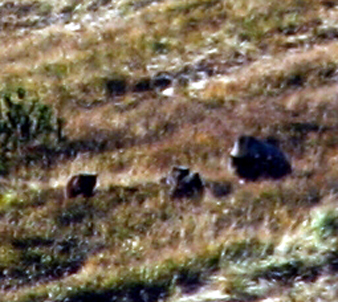

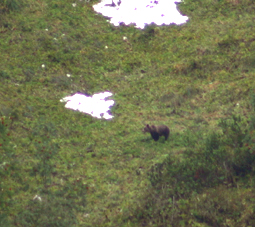
Bears commonly consume agricultural crops (maize, oats, barley, wheat), mainly if they are planted near the forest edge. Although it has not yet been confirmed by scientific research in Slovakia, it is possible that in some areas where people intensively collect forest fruits, bears may be disturbed to such an extent that they are displaced to other, lower lying areas. For example in Malá Fatra we have observed a lack of bear sign in higher localities with bilberries. However, it is possible that agricultural crops are attractive to bears because they contain different nutrients than forest fruits. During fieldwork in Západné Tatry we have found, on the basis of scat contents, that even despite an abundance of cowberries, some bears travel from the subalpine vegetation level to hunters' feeding sites or fields before harvest.
The animal food component of bear diet can also be important for forming fat reserves in autumn. From August to October bears excavate wasp nests. Sometimes they find red deer injured by hunters, which either they can kill more easily or they find already dead. Attacks on livestock are most common from late summer to autumn, which could be related to winter fattening as well as the proximity of sheep and cattle on pastures to forest cover.
